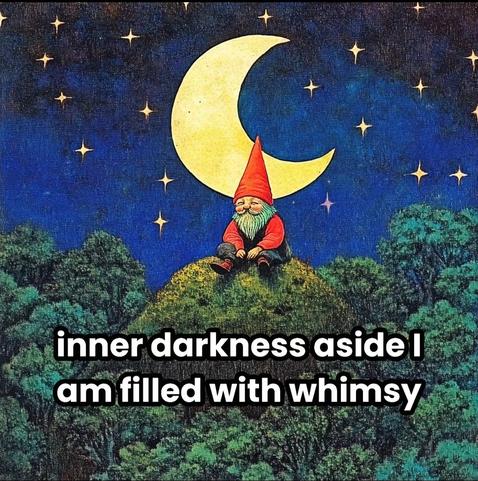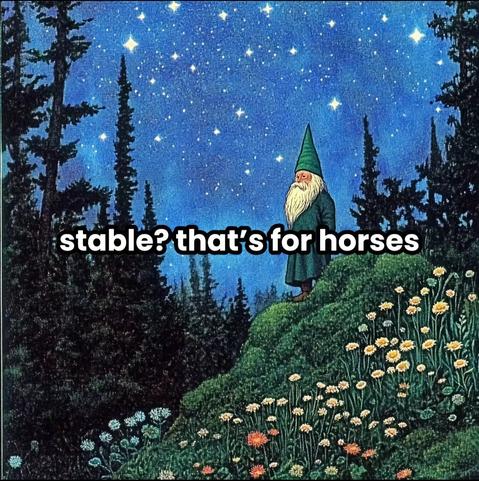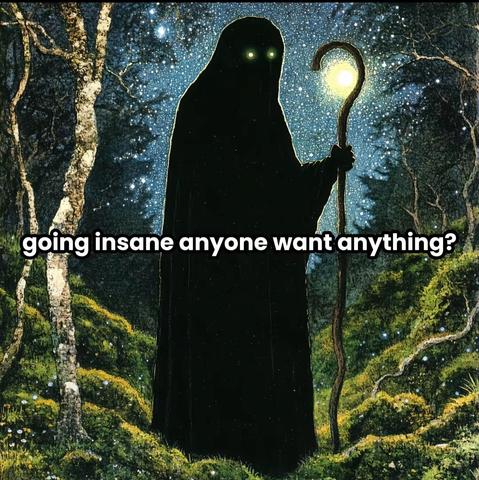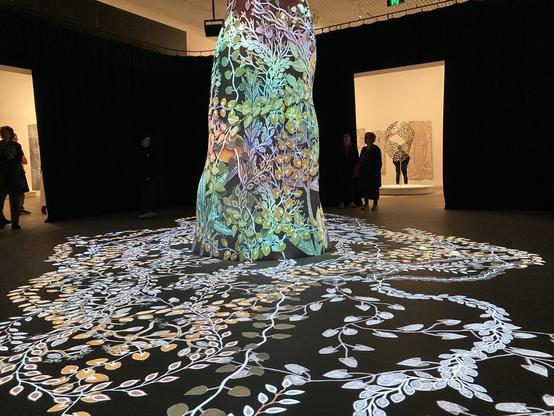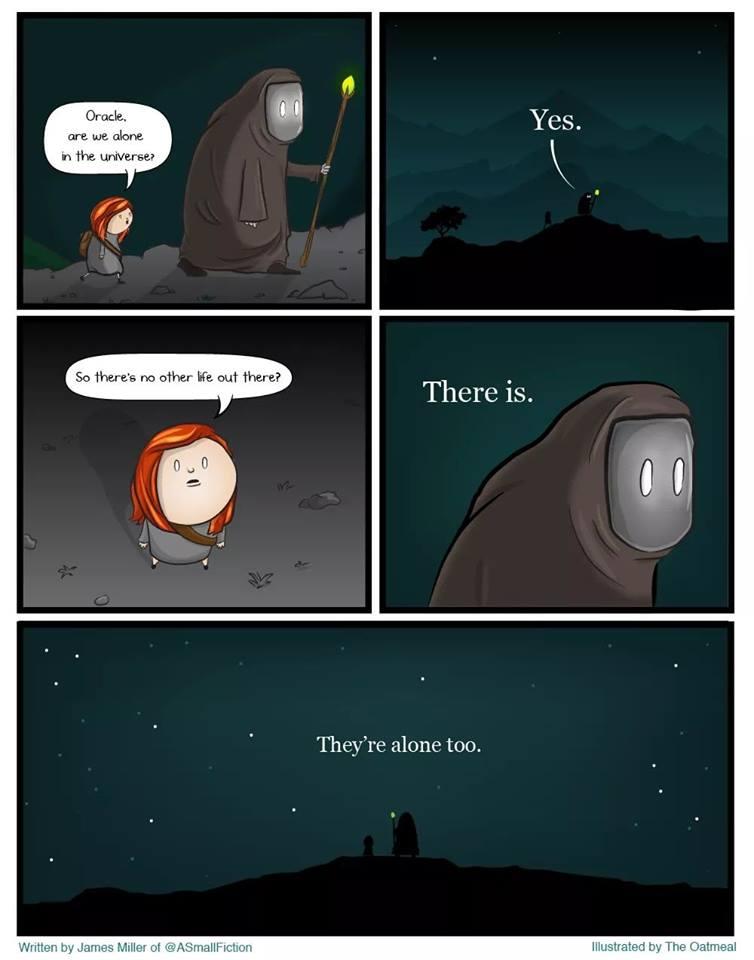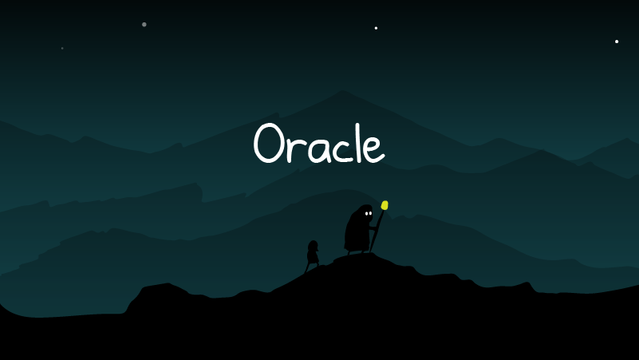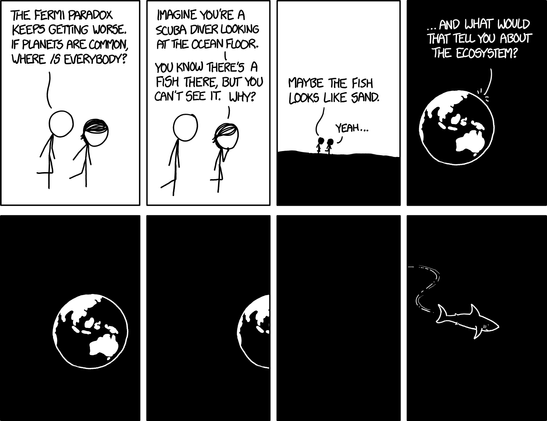In the 1700s, teens were accused of being… addicted to novels.
Not alcohol. Not gambling.
Reading.
Across Europe, a strange fear gripped adults. Young people were devouring novels at a pace never seen before. They read at the dinner table, in bed, even while walking through the streets.
This wasn’t seen as a harmless hobby.
It was called “reading fever” or “book addiction.”
Some claimed it would rot their minds.
Others worried it would damage morals, ruin posture, or lead to dangerous daydreaming. Fiction was accused of causing everything from laziness to madness.
Moralists and educators sounded the alarm.
Pamphlets warned parents. Schools debated limits.
It wasn’t just what teens were reading — it was who was writing it.
Books like Samuel Richardson’s Pamela (1740) or Goethe’s The Sorrows of Young Werther (1774) stirred emotion, imagination, and independence.
They were often written by or for women — a major threat to the era’s social order.
But despite the panic, teens kept reading.
And quietly, something revolutionary was happening.
This “reading mania” helped fuel mass literacy, gave rise to the modern novel, and encouraged generations to explore new ideas through story.
The so-called crisis?
It laid the foundation for modern literature as we know it.
Funny how things change.
Today, we beg kids to pick up a book.
Had you ever heard about the 1700s reading panic?
What do you think society would say if teens got “addicted” to books again?


